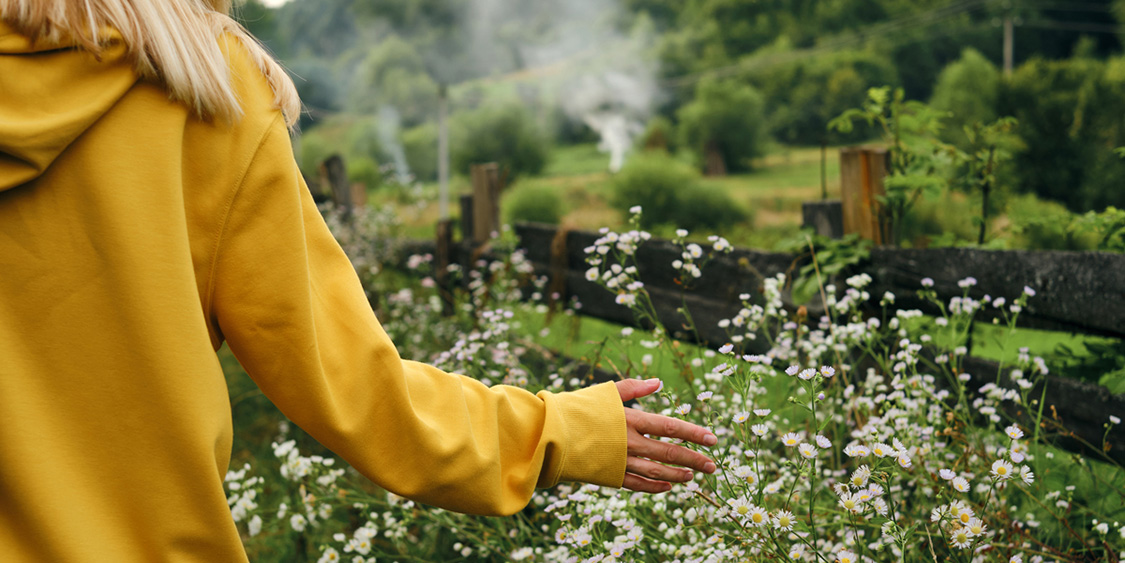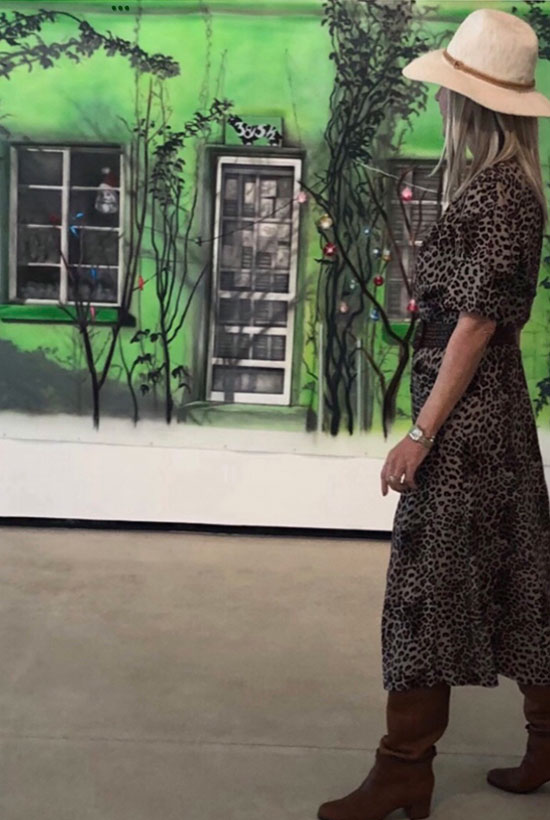The Healing Way of Nature. Urban life Giving you Stress Overload? Try a Prescription to Forest Bathing
July 4, 2022
According to USA Today “Forest Bathing” is the latest health trend to hit the U.S…. “where yoga was 30 years ago”… interior designer Stephanie Parisi discusses the practice and ways to bring the peaceful effects home with you.
Forest Bathing or “Shinrin-Yoku” is a Japanese practice that involves spending time in nature and taking in the sights, sounds and smells of the forest. Studies have shown that this practice has numerous benefits to our well-being including:
- Boosted immune systems with increases in the body’s nature killer cells
- Reduced blood pressure
- Reduced stress
- Improved mood
- Increased ability to focus including children with ADHD
- Accelerated recovery from surgery and illness
- Increased energy level
- Improved sleep
With its many benefits, no wonder that forest bathing is becoming increasingly popular.

In our technologically advanced society, people are spending less time outdoors. On average, Americans spend 87% of their time indoors and 6% of their time in enclosed vehicles. Today many suffer from technology based “information overload” and “decision fatigue”. Many experts believe that this stress is contributing to many types of chronic illnesses and the feeling of a lack of general well-being. Research studies examining nature’s impact on wellness have indicated that spending time in natural environments can enhance human health by ameliorating stress and increasing the body’s mood boosting molecule called serotonin.
Urban life can be stressful and nature immersion experiences can provide benefit to related internal stress physiology. Scientists have determined that beyond aesthetics, nature can stimulate the senses in a variety of ways such as plant derived aroma essences, natural lights and colors, various sounds, and negatively charged ions.
The philosophy of forest bathing originated from observations made looking at nature’s sensual impact on the body and how these experiences inspire relaxation and overall well-being. Ben Page, a certified forest therapy guide and founder of Shinrin-Roku Los Angeles, explains that beyond simply taking a hike in the forest, a Shinrin-Roku forest walk specifically provides participants with the opportunity to slow down, appreciate things that can only be seen or heard when one is moving slowly and take a break from the stresses of daily live.
Research studies in Japan across 24 forests have found that those who participated in forest bathing had lower blood pressure, heart rate and concentrations of cortisol – a stress hormone – when compared with those who walked through a city setting. Studies performed in other countries such as Finland and the United States showed similar reductions in tension and anxiety. David Yaden, a research fellow at the University of Pennsylvania’s Positive Psychology Center, said “there have been studies comparing walking in nature with walking in urban settings and testing people on their mood, different aspects of depression and some with brain scans have shown that in the natural setting, people are more relaxed and less stressed.”
Other research focused on immune health based on sampling blood and urine before and after walks in the natural environments and markers were significantly higher for immune function after forest bathing. The evidence is so powerful that, in both Korea and Japan, forest bathing is actually covered by insurance and integrated into their medial prescriptions.
NATURE-DEFICIT DISORDER
The term “Nature-Deficit Disorder” was introduced by Richard Louv in his book “Last Child in the Woods: Saving our Children From Nature-Deficit Disorder”. He coined the phrase as a descriptor of the human cost of alienation from nature. He points to urbanizing, moving indoors, proliferation of electronic communications and disappearing open space as reasons for a profound disconnect from nature. Studies have increased from a handful to a thousand showing that humans are impacted by this deficit with evidence that illnesses, attention difficulties and higher rates of emotional and physical illnesses.


BRINGING NATURE INDOORS
Studies are ongoing in this relatively new area of nature research…and as we move forward, more clarity and definition is shaping our knowledge of the positive influences of the nature experience on human development and well-being. With the focus on these many benefits, science is beginning to study the benefits derived from nature and have isolated some elements which can be incorporated into the built environment in urban settings to enhance the human experience. There is much research which points to simulated nature experiences as being effective in supporting positive wellness biological responses in human (see my article on “Are neuroscientists the New Architects?” ). This fruitful information can be integrated into urban built spaces which will enhance well-being. As is many times the case, artists seem to be ahead of the “science research trend” and have for years created themes around nature allowing for nurturing visual experience to be brought into our homes.
Designer Stephanie Parisi feels that “now, more than ever, designers and architects need to engage clients at a sensory and emotional level by providing meaningful experiences which allow them to transcend beyond just material appearance.” Her passions have taken her on trips throughout Europe and Asia and she has spent time exploring Japan’s forested mountains as well as national forest surrounding her ranch in Southern California.
“Nature has always inspired my designs and I love the creative challenge of looking for new ways to bring the feel of nature into my clients’ homes” she says “I have always known that environments can have a profound effect on our well-being and discovering the research on Forest Bathing confirms that nature has a built-in formula for our well-being.”
Most good architects and designers have an intuitive sense for designing spaces for comfort and positive emotional experience. So as we move forward, by bridging two worlds…those of science and the intuitive art forms…a new awareness is being created with promises optimized and powerful design solutions for modern life.
| Stephanie Parisi Design Studio
Copyright © 2023